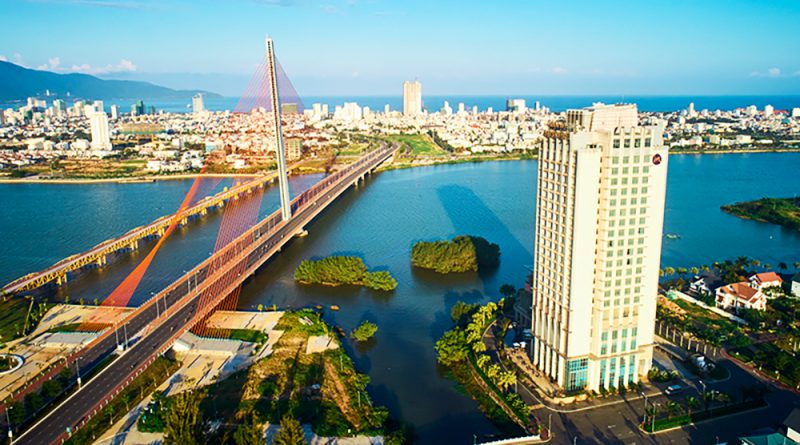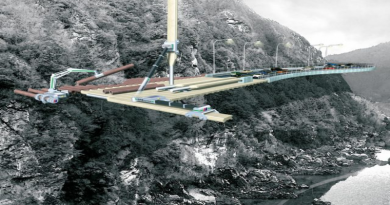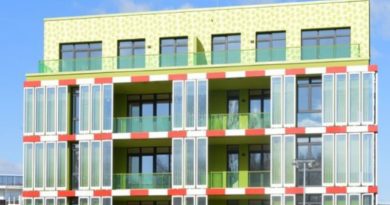World Bank: Asian cities to attract US$20 trillion in climate-related investments by 2030
The Asia Pacific region has the highest climate smart investment potential of any region in the world, representing by far the biggest opportunity in green buildings, estimated at a US$17.8 trillion opportunity by 2030.
With about 1.2 billion more people expected to live in Asian cities in 35 years, the cities have the potential to attract more than US$20 trillion in climate-related investments in six key sectors by 2030, according to a new report by International Finance Corporation (IFC), a member of the World Bank Group.
The report analyzes cities’ climate-related targets and action plans in six regions, identifying opportunities in priority sectors such as green buildings, public transportation, electric vehicles, waste treatment, water, and renewable energy. It highlights innovative approaches that cities are already using—such as green bonds and public-private partnerships—to attract private capital and build urban resilience.
It says with its plans, policies and projects, the Asia Pacific region has the highest climate smart investment potential of any region in the world, with by far the biggest opportunity in green buildings, estimated at a US$17.8 trillion opportunity by 2030.
With more than half of the world’s population currently living in urban areas, cities consume over two-thirds of the world’s energy and account for more than 70 percent of global carbon dioxide emissions. How cities address climate change will be critical to efforts to limit global warming to 1.5 degrees Celsius, according to the Intergovernmental Panel on Climate Change (IPCC).
“There’s a great urgency to address climate change – we must take meaningful action now,” said IFC CEO Philippe Le Houérou. “Cities are the next frontier for climate investments, with trillions of dollars in untapped opportunities. To deliver on the promise of climate-smart cities, the public sector needs to enact reforms that are aimed at attracting more private sector financing.”
“With the expected dramatic increase in urban population centers in Asia, there’s even more of an opportunity for a low-carbon transition in cities, which already account for much of the GDP in this region,” said IFC Regional Director for East Asia and the Pacific, Vivek Pathak.
“In Jakarta, there’s about US$30 billion investment opportunity, particularly in green buildings, electric vehicles and renewable energy. The report shows megacities in Asia also have significant potential for investments that yield emission reductions,” added Vivek Pathak.
Globally, green buildings will account for US$24.7 trillion of cities’ climate investment opportunities. Significant investment potential exists in low-carbon transportation solutions such as energy-efficient public transport (US$1 trillion) and electric vehicles (US$1.6 trillion). At the same time, clean energy (US$842 billion), water (US$1 trillion) and waste (US$200 billion) remain essential components of sustainable urban development.
In Asia Pacific, the report estimates the investment potential in green buildings is US$17.8 trillion; in waste US$104 billion; public transport US$352 billion; renewable energy US$407 billion; climate-smart water US$571 billion and electric vehicles US$783 billion.
Addressing climate change is a strategic priority for IFC. Since 2005, IFC has invested US$22.2 billion in long-term financing from its own account and mobilized another US$15.7 billion through partnerships with investors for climate-related projects.
Source: hanoitimes.vn







